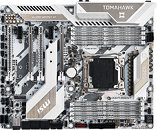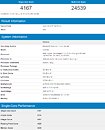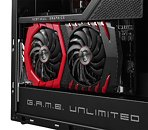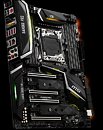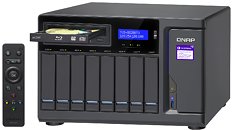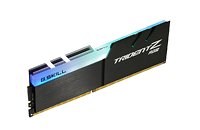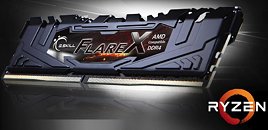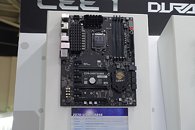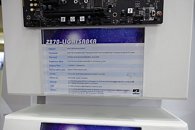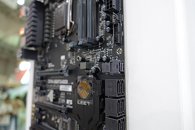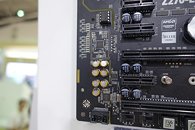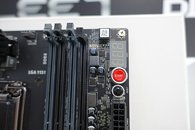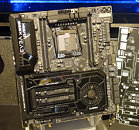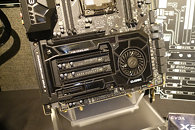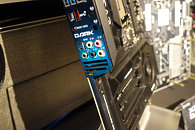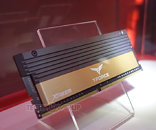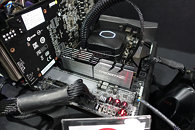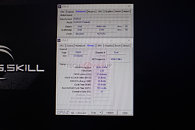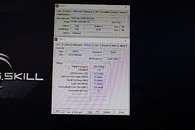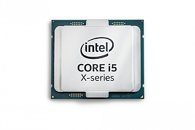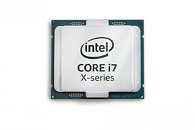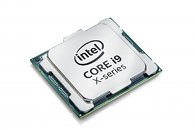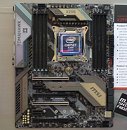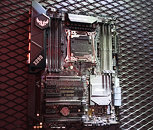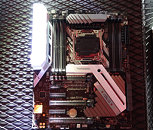
MSI Intros X299 Tomahawk Arctic Motherboard
MSI today introduced the X299 Tomahawk Arctic motherboard. A near-identical variant of the X299 Tomahawk, the board features a mostly-white color scheme with grey and black accents. It features a white PCB with grey streaks. The white scheme carries over to the chipset and VRM heatsinks, the rear I/O shroud, the eight DDR4 DIMM and four PCI-Express 3.0 x16 slots. The heatsinks and rear I/O shroud also feature brushed-aluminium inserts for added style.
The X299 Tomahawk Arctic is a bustling metropolis which draws power from a single 8-pin EPS connector besides 24-pin ATX. The board features a 9-phase CPU VRM, and 4-phase memory. The CPU socket is wired to eight DDR4 DIMM slots, and four PCIe 3.0 x16 (x16/NC/x16/NC or x16/NC/x8/x8 or x8/x8/x8/x8 with 44-lane CPUs; x16/NC/NC/NC or x8/NC/x8/x4 with 28-lane CPUs). The first and third slots feature metal reinforcement. Storage connectivity includes two 32 Gb/s M.2 slots, a 32 Gb/s U.2 port, and eight SATA 6 Gb/s ports. Networking is care of a single GbE connection driven by Intel i219-V controller. The onboard audio solution combines a Realtek ALC1150 (up to 115 dBA SNR) CODEC with audio-grade capacitors, and ground-layer isolation. The company didn't reveal pricing.
The X299 Tomahawk Arctic is a bustling metropolis which draws power from a single 8-pin EPS connector besides 24-pin ATX. The board features a 9-phase CPU VRM, and 4-phase memory. The CPU socket is wired to eight DDR4 DIMM slots, and four PCIe 3.0 x16 (x16/NC/x16/NC or x16/NC/x8/x8 or x8/x8/x8/x8 with 44-lane CPUs; x16/NC/NC/NC or x8/NC/x8/x4 with 28-lane CPUs). The first and third slots feature metal reinforcement. Storage connectivity includes two 32 Gb/s M.2 slots, a 32 Gb/s U.2 port, and eight SATA 6 Gb/s ports. Networking is care of a single GbE connection driven by Intel i219-V controller. The onboard audio solution combines a Realtek ALC1150 (up to 115 dBA SNR) CODEC with audio-grade capacitors, and ground-layer isolation. The company didn't reveal pricing.

